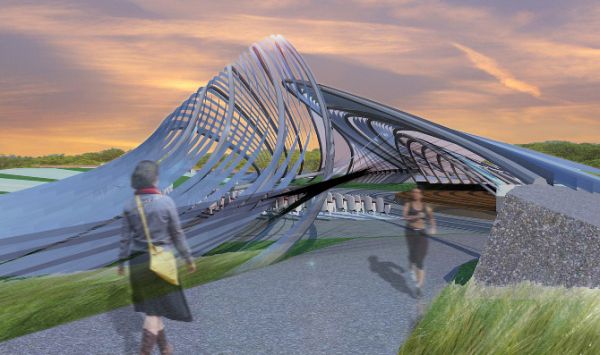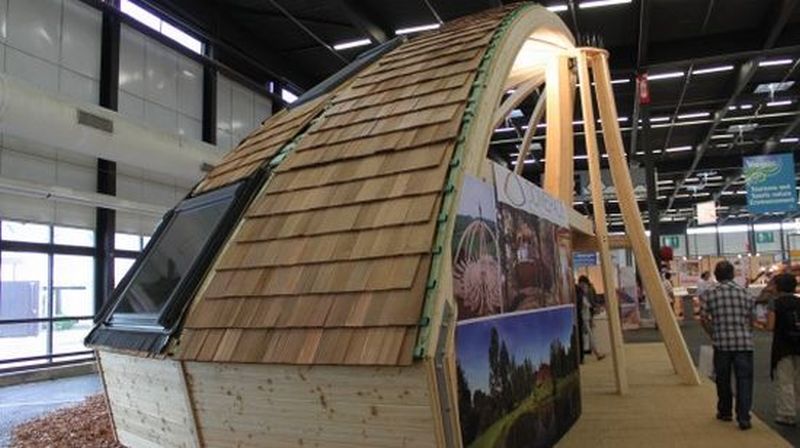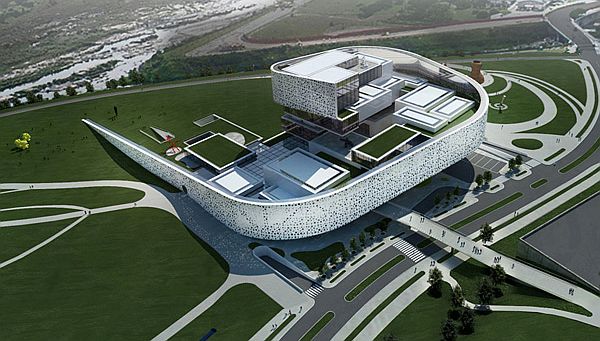Remarkable architecture is testament to the ingenuity and imagination of today’s designers. A beautiful edifice stands proud against the skyline as one of the landmarks of the technology age. Re:con:active Tissue is an pioneering endeavor in building design. This pavilion utilizes the most important properties of vinyl, durability and longevity, to create a strong concept, wherein the structure is reactive. It is based on the ideas of local Toronto architect and thinker Philip Beesley, who demonstrated in experimental exhibits how modern technology can infuse contemporary architecture with the ability to be responsive to its surrounding and an internal stimulus.

The pavilion structure is a skeleton-like system of reinforced steel tubes and the space in between the structural limbs is held together by context-responsive vinyl fabric cladding which has the ability to adapt and respond to various environmental conditions. During a rainstorm, the vinyl fabric fibers supported by the system of steel cables tilt on their axis to close the structure like a touch-me-not plant closes within itself. The rain slides down the walls of the pavilion and is collected in a series of drains at the bottom.
In the spring and summer season, the structure is more focused on offering good ventilation, but tilts at the best angle to prevent excessive entry of sunlight. In harsh winters, the vinyl fabric fibers that are part of the main canopy system can close to prevent the escape of heat while a double-layered vinyl curtain can be lowered over the openings.
To brighten the nights at the Pan Am Games and increase the intensity of the fun, LEDS are embedded in the double-layered panel of vinyl canopy over the stage. Moreover, motion and audio sensors are also included to understand the activity on the stage and activate the customized light show accordingly. The stage at the Pan Am Games will feature an impressive light show that is synchronized to the event in action.
The pavilion has the alternate function of increasing awareness of multiple forms of low-emission transportation means such as biking, walking, and mass transit. Additionally, the pavilion is also solidly integrated into the Pan Am village through the incorporation of flexible retail spaces, an elevated sculpture garden featuring local artists and a commuter rail station.
The innovation of the design is amplified by the presence of vinyl products in the shape of translucent sound barriers placed in prominent locations. Some of these panels built underneath the elevated sculpture reflect light from the nearby cars and trains, producing a likable light show that is visible throughout the site.
The entire structure will involve sustainable practices: the use of recycled wood, reuse of excavated soil, permeable pavers, fly ash concrete and vinyl bought locally.
The pavilion is a showcase of vinyl’s durability and longevity as well as an expression of creative genius. The project was awarded 2nd place in the international 2011 AIAS Vinyl competition, and was highlighted in the Fall 2011 issue of Crit Magazine.
Via: CargoCollective




